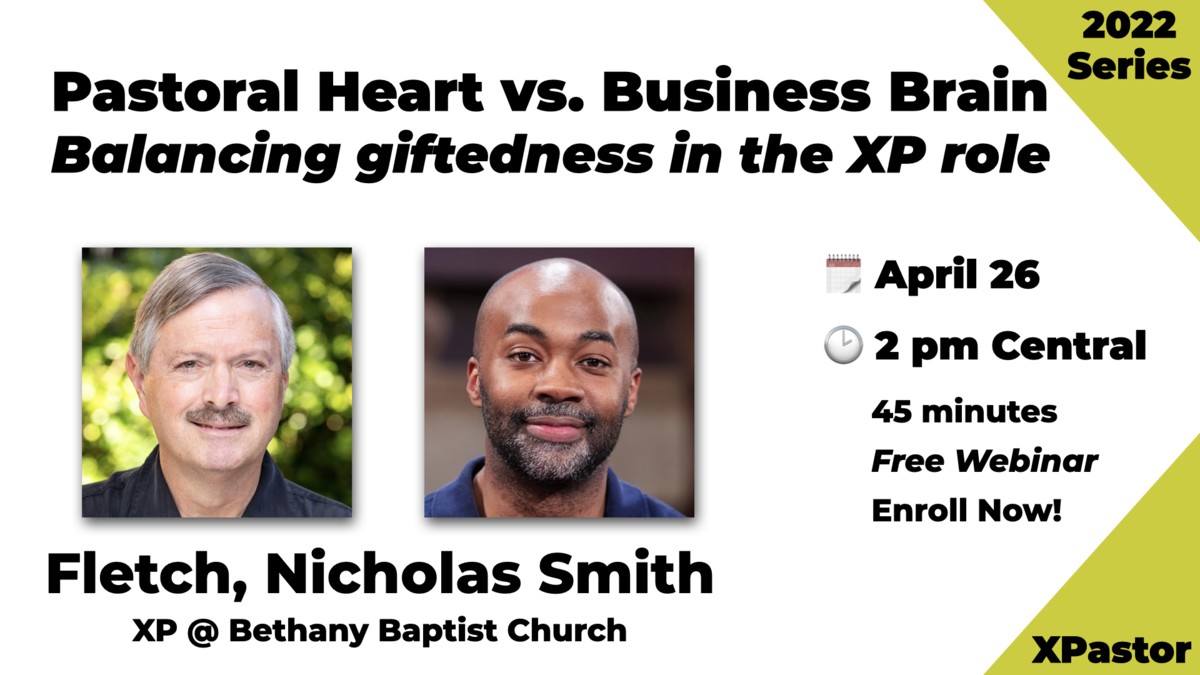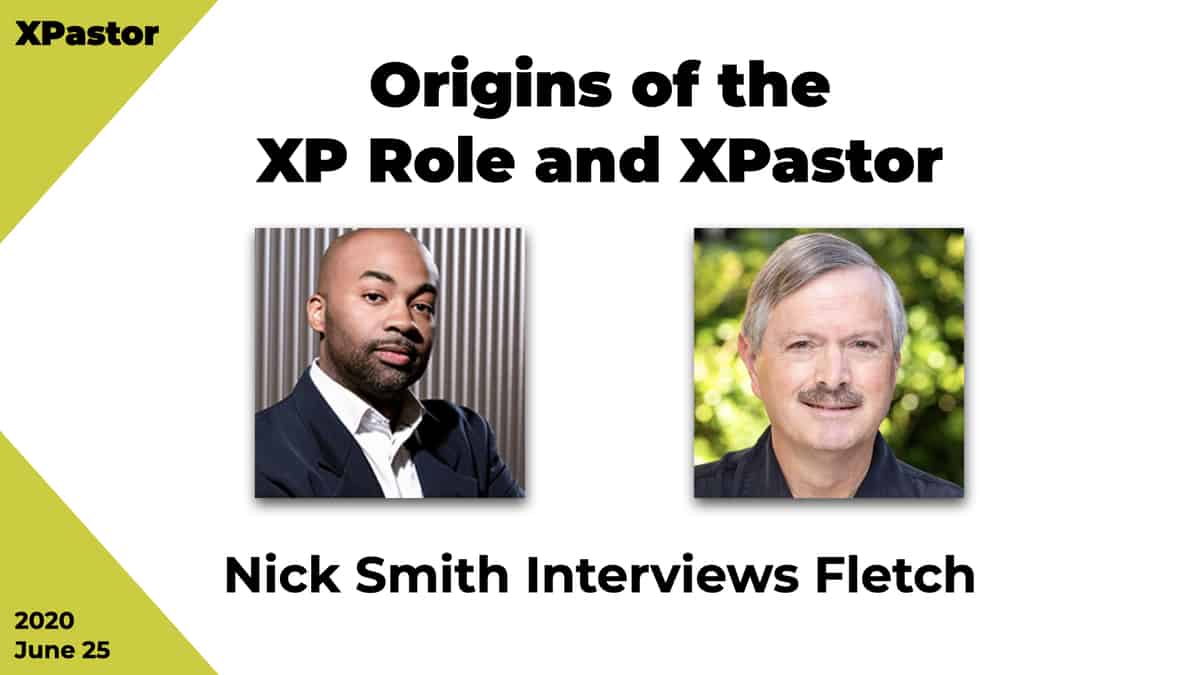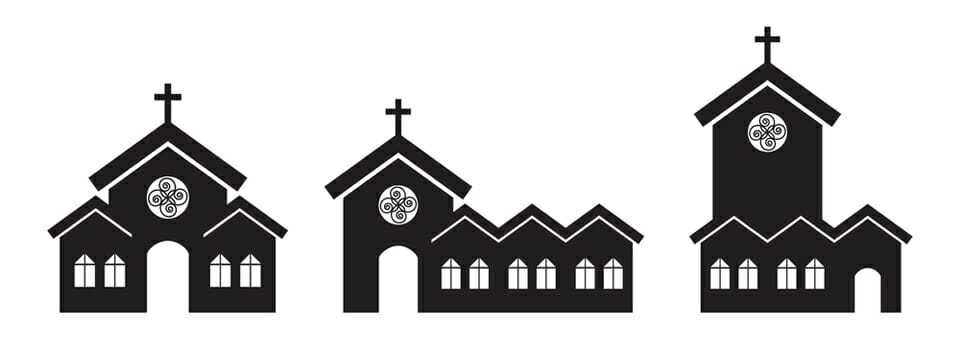Before one can discuss models of management in the church, it is necessary to discuss the role of management. This will help in evaluating the role and scope of the church leadership. In other words, What are we asking the Senior Pastor and Executive Pastor to do?
Drucker tackles the difficult task of defining management: “Top-Management tasks differ fundamentally from the tasks of other management groups. They are multidimensional. They are recurrent but intermittent. They make different and often conflicting demands on personality and temperament.” Later in his work Drucker also says:
Top-management function is singularly difficult to organize. Every one of the tasks is a recurrent task. It needs to be done over and over again. But very few of them, if any, are continuous tasks. Very few of them have to be done every day from nine to five. When they arise, they are of crucial importance to the enterprise. They are true ‘life and death’ decisions.
In the church structure with an Executive Pastor and Senior Pastor, there must be the ability to determine and decide on critical issues. There must be an adequate management structure to allow the two pastors to interact together and with the governing board. Drucker later continues on the same subject:
Top-management work is work for a team rather than for one man. It is quite unlikely that any one man will, in his own power, unite the divergent temperaments which the job requires. Moreover, it will be found, when the top-management tasks are analyzed, that there is more work to be done than any one man can do.
This fits well with the concept that the Executive Pastor works to implement the vision of the Senior Pastor, as there is team effort in the huge challenge. In 1974, Schaller shed light on this concept as it applies to the church:
One indication of a limited recognition of this distinction is that several hundred congregations and a few denominational agencies employ one person to fill the pastor-leader role and another individual to fill the manager or administrator role. The distinction is far more widely recognized in business and government, where thousands of organizations have a politician (pastor)-leader type in the top position and a manager in the number two slot in the organization.
This can be conveyed in a simplified diagram:
Schaller brings the essence of Drucker’s views into the church, although his work was too early to use the term Executive Pastor. Twenty-five years after Schaller’s publication of The Decision Makers, Bill Lawrence writes on a similar theme. By 1999, Lawrence evidences the existence of the Executive Pastor role and shows how it integrates with the Senior Pastor:
Staff shepherding and leadership is draining for the pastor who seeks to build elders, stay in touch with the congregation, develop vision, plan and evaluate the ministry, as well as serve his family effectively. In view of these demands, the pastor needs to be protected from losing vital study and sermon preparation time by excessive administrative demands. When the church is large enough, a pastor can protect his central functions of preaching and leadership while fulfilling his pastoral duties by delegating staff management to a trusted associate or executive pastor subject to the elders’ approval.
This is functionally similar to Schaller’s model, as earlier noted, except that the Elder Board is inserted above the pastor.
In this literature, the top management of the church has two pastors, one for preaching and another for managing. The top management team is focused on the critical decisions of the church. The church needs a management structure that will enable top management to make critical decisions.
There are many varieties of management structure. As this work is on the Executive Pastor, this essay will not canvass all of them, but only a selected few. Judy, as an author before the rise of the Executive Pastor, comments: “In hundreds of churches that have been studied in preparation for this writing, the only situations discovered where authority was not assigned to the senior minister were in team ministries or where there was an administrator-pastor.” However, while this seems to be a team ministry with both pastors reporting to the governing board, Judy continues:
In the few churches in the study where there is an administrative pastor, or a person who fills a similar position, the senior minister is looked to for policy formulation and final decisions. He may be somewhat remote from the members of the staff, and immediate contacts for direction may be received from the administrative pastor, but the senior minister is still at the controls.
Judy represents a delegated authority to the Administrative Pastor, still reporting to a managing Senior Pastor. Judy’s managing pastor model is one management method.
Schaller outlines nine models of church management structure. Three of which are pertinent to this discussion on the Executive Pastor:
1. The academic model. In this model the sr. minister functions in a role similar to the president of the four year liberal arts college and is the symbol of the institution. Other staff members lead their own departments with a high degree of autonomy.
2. The military model. In this model the senior minister is the commander and the executive minister corresponds to the executive officer. Much of the oversight for both program and administration is delegated to the executive minister.
3. The team of specialists model. One of the basic responsibilities of the senior minister, in addition to preaching and recruiting highly competent staff members, is to keep this array of specialists moving in the same direction toward a common goal at approximately the same pace.
The Leadership Network convocation of Senior Pastors and Executive Pastors indicated a model quite similar to Schaller’s military model:
An Executive Pastor (other terms include Staff Director, Executive Director or similar) is deployed to oversee a large percentage of the staff, including the Administrative pastor. In this case, the Executive Pastor operates like the Executive officer of a ship, handling much of the day to day operations and programs. This person is an integral part of the Leadership/Management team of the Church. This person will also usually have pastor/shepherd gifts. Some of the other metaphors include pilot as Executive Pastor with Senior Pastor as Navigator. In corporate language, some see the role as CEO for Pastor and COO for Executive Pastor.
This type of Executive Pastor is seen at Christ Chapel Bible Church in Fort Worth, Texas. In a cover story for ChurchExecutive magazine, the Executive Pastor of this four thousand member church asserts that “I believe the role of the executive pastor is to keep all the different specialties in the body on track and make sure that all the cogs of the machine are working and meshing together to bring some forward movement.”
Drucker, in the context of for-profit business, presents another model that could be applied to an Executive Pastor in a church:
Or, to cite another fairly common structure, there may be a three- or four-man top, with each man carrying clearly assigned top-management responsibilities even though one man is definitely number one. This is the structure which General Motors has had for fifty years—a chairman, a vice-chairman, a chairman of the executive committee, a president. What assignments each of these four men carries is then worked out to fit their personalities. But the four positions are permanent.
Drucker is clear to point out that the Chairman is “definitely number one,” yet his model has a stronger management team than Judy’s strong-pastor model. Drucker’s General Motor’s model can be applied to the church, as was done at Santa Cruz Bible Church.
As previously stated, some in church management will not approve of the strong board approach to the issue of hierarchy. However, this dissertation is not in a place to suggest a preference on the management model as that is the work for another study.
Even with the growing pressures on the Preaching Pastor, it is interesting that the church so quickly embraced a mix of manager and clergy in one person of the Executive Pastor. Professor Hart notes the marketplace nature of Christianity:
The cumulative effect of revivalist-styled Christianity was to take the faith away from the institutional church and give it to the people. Christianity was a religion to be practiced in the marketplace, the home, and statehouse, not something to be confined to the church, under the control of the clergy.
Perhaps in the church with an Executive Pastor, one sees the full circle of Christianity being practiced from church to marketplace, and back to church. Christianity goes into the marketplace and comes back with an executive function for the church.
In this section, various models of management have been presented from extant literature: Judy’s Remote-Policy-Controlling-Pastor, Leadership Network’s Captain- Navigator-Pastor, Schaller’s Politician-Leader-Pastor and Santa Cruz’s Strong-Board-Teaching-Pastor model. The case-studies will show examples of several of these models. The Executive Pastor can function within each of the models and will have a job description dynamically shaped by the model.
View the footnotes and read the entire dissertation in PDF format: Dissertation











